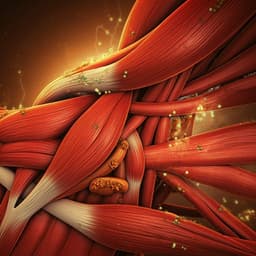
Food Science and Technology
Impact of must clarification treatments on chemical and sensory profiles of kiwifruit wine
D. Huang, W. Fan, et al.
Discover how different clarification treatments can enhance the quality of kiwi wines! This exciting study by Di Huang and colleagues from Northwest A&F University reveals that clarified kiwi wines showcase improved sensory attributes and distinctive aromas, making 'Xuxiang' the star variety for vinification.
Playback language: English
Related Publications
Explore these studies to deepen your understanding of the subject.







